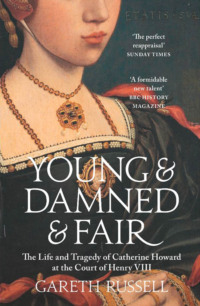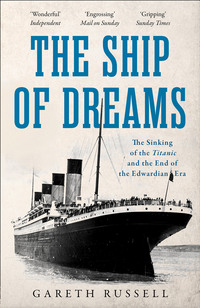Young and Damned and Fair: The Life and Tragedy of Catherine Howard at the Court of Henry VIII

Полная версия
Young and Damned and Fair: The Life and Tragedy of Catherine Howard at the Court of Henry VIII
Жанр: историческая литератураисторическая научная и учебная литератураистория Средних вековсерьезное чтениеоб истории серьезно
Язык: Английский
Год издания: 2018
Добавлена:
Настройки чтения
Размер шрифта
Высота строк
Поля
Конец ознакомительного фрагмента
Купить и скачать всю книгу


